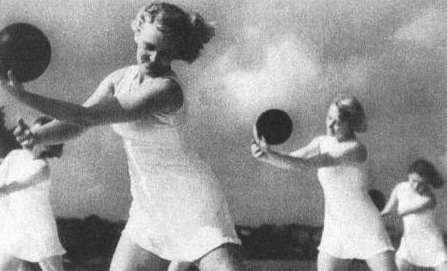Hartmut Bitomsky
"Zoals Brecht ooit aangaf: als twee dingen samenkomen, heb je een derde nodig. Het derde ding, in die tijd, was politieke cinema.”
Gedurende een klein decennium was het werk van Hartmut Bitomsky onlosmakelijk verbonden met dat van Harun Farocki. In de tweede helft van de jaren 1960 vormden ze samen de spil van de Projektgruppe Schülerfilm, een initiatief van Berlijnse studenten die het toenmalige linkse gedachtegoed probeerden te verspreiden met behulp van een krachtig samengaan van militante cinema en Brechtsiaans didacticisme. Na hun studies bleven ze samen films maken, en korte tijd later zetten beiden ook hun schouders onder het Filmkritik magazine, de Duitse tegenhanger van Cahiers du Cinéma, dat een tijdlang diende als uitlaatklep voor hun cinefiel enthousiasme. Maar het was een kwestie van tijd vooraleer ze elk hun eigen weg opgingen: “Farocki komt van Eistenstein”, aldus Bitomsky, “ikzelf stam van Rosselini. Farocki houdt van montage, ikzelf ben eerder geïnteresseerd in het leven.” Alhoewel ze allebei uitgaan van een kritisch-essayistische benadering, beschouwt Bitomsky documentairefilm in de eerste plaats als een instrument voor articulatie, eerder dan voor deconstructie. In die geest vormen de tientallen films die hij sinds de jaren 1970 heeft gemaakt telkens een soort plattegrond, waarbinnen de uitgestippelde routes leiden tot onvoorziene perspectieven op thema’s zoals geheugen, geschiedenis, technologie en beeldcultuur. In deze DISSENT ! sessie dienen een aantal films van Bitomsky als uitgangspunt voor een gesprek over cinema, documentaire, beeld en werkelijkheid.
DISSENT ! is an initiative of Argos, Auguste Orts and Courtisane, in the framework of the research project “Figures of Dissent” (KASK/Hogent), with support of VG & VGC. The visit of Hartmut Bitomsky is supported by Galeries and Goethe-Institut Brussels.
